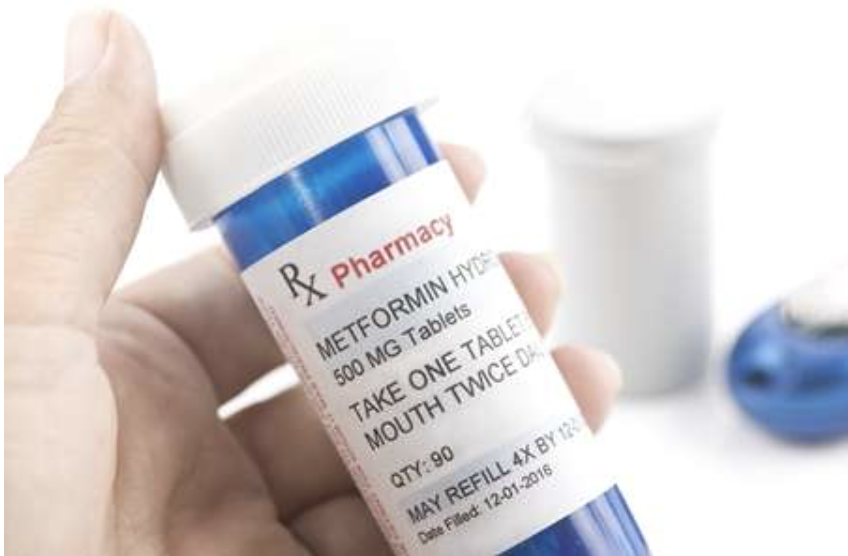
Talk about throwing down the gauntlet. In a provocative editorial published last year in Circulation: Cardiovascular Quality and Outcomes, Dr. John Ioannidis, who in 2005 shocked the scientific research community with his article “Why Most Published Research Findings Are False,” took aim at medical professional societies authoring clinical practice guidelines and disease definition statements. He observed that despite notable progress in improving the trustworthiness of guidelines since the 2011 Institute of Medicine report Clinical Practice Guidelines We Can Trust, guideline panels continue to be plagued by financial conflicts of interest, lack of methodologist involvement, and domination by specialists “who have overt preferences (even without overt conflicts).”

Every business, whether big or small, new or developed, can benefit from cutting every day costs. And a little money saved every day goes a long way. For medical practices, trimming some of these daily expenses means more money and time can go into the care and support of patients. At the end of the day, isn’t that what all physicians want?

In business, nothing is more important than your reputation. It can positively sustain and grow a patient base or destroy it. Simply put: a positive reputation leads to an increase in patients that walk through your door.

While doctor depression and suicide rates continue to climb to record highs, the term “burnout” has also increased in popularity. There is an ongoing debate on whether to refer to this systemic exhaustion as burnout, doctor disempowerment, moral injury, or human rights violations. Semantics aside, healthcare providers across the U.S. feel “overwhelmed, demoralized, exhausted, cynical, afraid, and alone”. The industry has put it in doctors’ hands to balance 20 hour shifts, patient care, online reputations, continued education, teaching, charting, administrative duties, technology, and community outreach — as if being a physician is a typical 40-hour work week. At the same time, many doctors balance their 80-hour a week job while being entrepreneurs, business owners, spouses, parents, or students and managing physical and mental wellness. Coping with the ever heightened standards of the medical profession is no easy task.

There is an opioid crisis in America and our patients are aware of it. Did you know that 530 individuals die each week due to opioid overdose.1 The media has effectively publicized this growing problem, and patients are aware of the role that legally prescribed opioid medications can play in dependence and addiction. Congress and state governments are also paying attention.
In February 2018, Congress promised $6 billion over two years for initiatives to fight opioid abuse, and many state legislatures have proposed limitations to the number of opioid pills physicians can legally provide to their patients. Right or wrong, physicians must be aware of these new laws and be willing to change their prescribing practices in order to comply. However, instead of waiting for legislation to shape our practices, we can and we should look to new guidelines to help patients avoid developing dependence on prescription opioids in the first place.

Imagine you’ve received your first-ever 40-page contract from an employer. It’s your first job offer and you deserve it. What feelings come to mind when thinking about coming back around to the employer and negotiating? It’s normal to want to avoid sounding greedy, not wanting to be difficult to work with, or shock your employer on day one, but it is important to be fully aware of what you are signing.